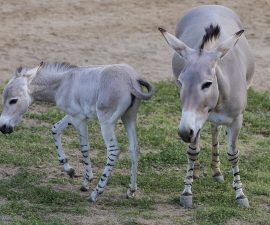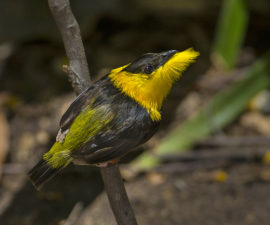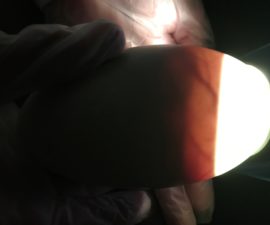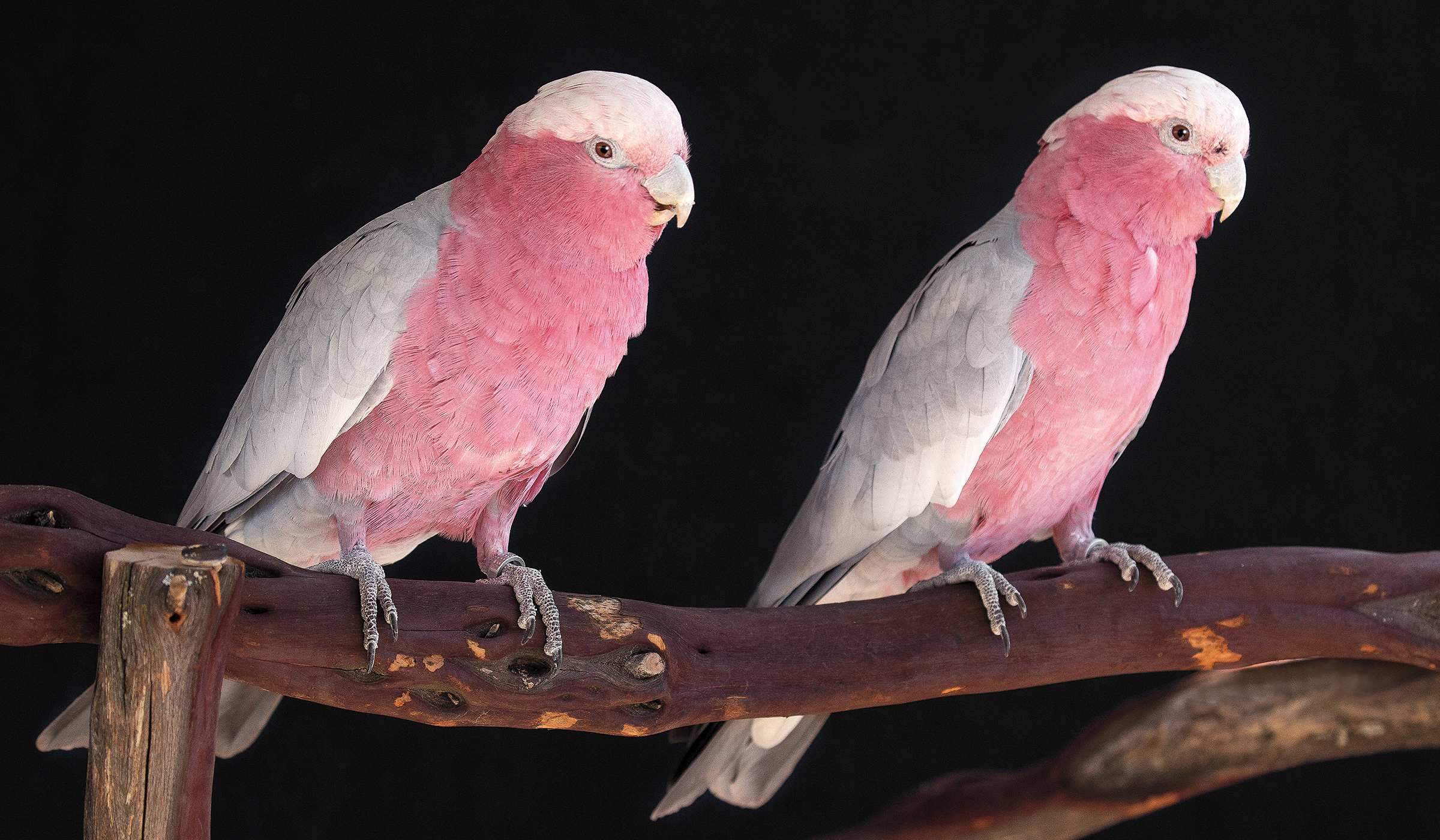
Greetings from the Galahs
Thelma and Louise introduce guests to the rose-breasted cockatoos of the Land Down Under
BY Eston Ellis
Photography by Ken Bohn
 Number of eggs galahs lay in one clutch
Number of eggs galahs lay in one clutch
In Australia, it’s not unusual for a rustling cloud of hundreds of pink-and-gray birds to appear in the azure afternoon sky—and their loud, shrieking calls will not permit you to ignore them. Look closer, and the cloud slowly disperses, as individual birds begin performing wild, playful, aerobatic maneuvers, seemingly putting on a show for each other before they settle in for the evening. You might see them fill nearly every branch of a large tree as they roost together for the night. These birds are galahs, also known as rose-breasted cockatoos, and they can be seen in almost every part of Australia, from rural farmland to major urban areas.
Guests at the San Diego Zoo Safari Park’s new Walkabout Australia will get a chance to meet two of these birds at the VIP animal ambassador area. “Thelma and Louise are sisters, and they are very close,” said Stacey Stephens, a senior animal trainer at the Safari Park, who has worked with the pair before. “They are bonded—and they are trouble, just as their names suggest,” she added with a laugh.
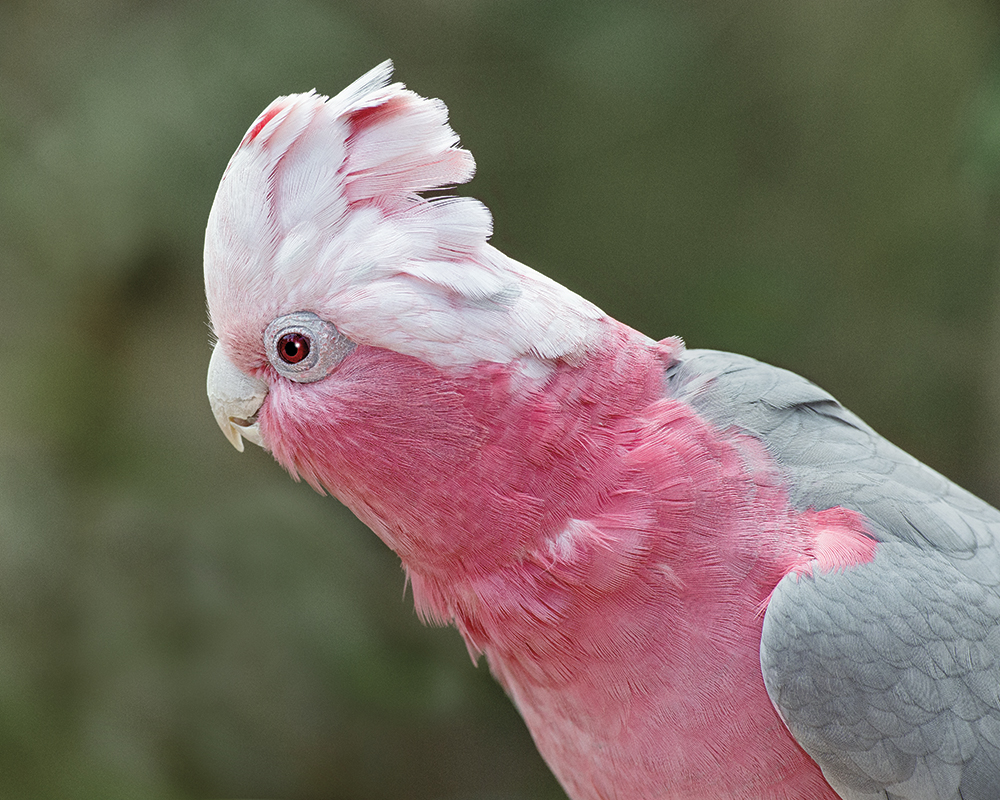
IN FINE FEATHER
Colorful galahs are known for their daring flight maneuvers; and an excited galah’s crest feathers look a bit like a headdress.
These daring, fun-loving sisters have personalities that seem much bigger than their diminutive 13-inch height. Before joining the animal ambassadors at Walkabout Australia, Thelma and Louise spent the past few years opening the daily Frequent Flyers bird show, soaring down from the top of Benbough Amphitheater to land on center stage. Galahs are known for their fast and powerful flight, and the sisters flew low enough to produce gasps from astonished audience members as the two zoomed just above their heads. “We’d see people duck, thinking they might be dive-bombed any second,” Stacey said. “But they would never touch anyone; they just loved flying low over the crowd!”
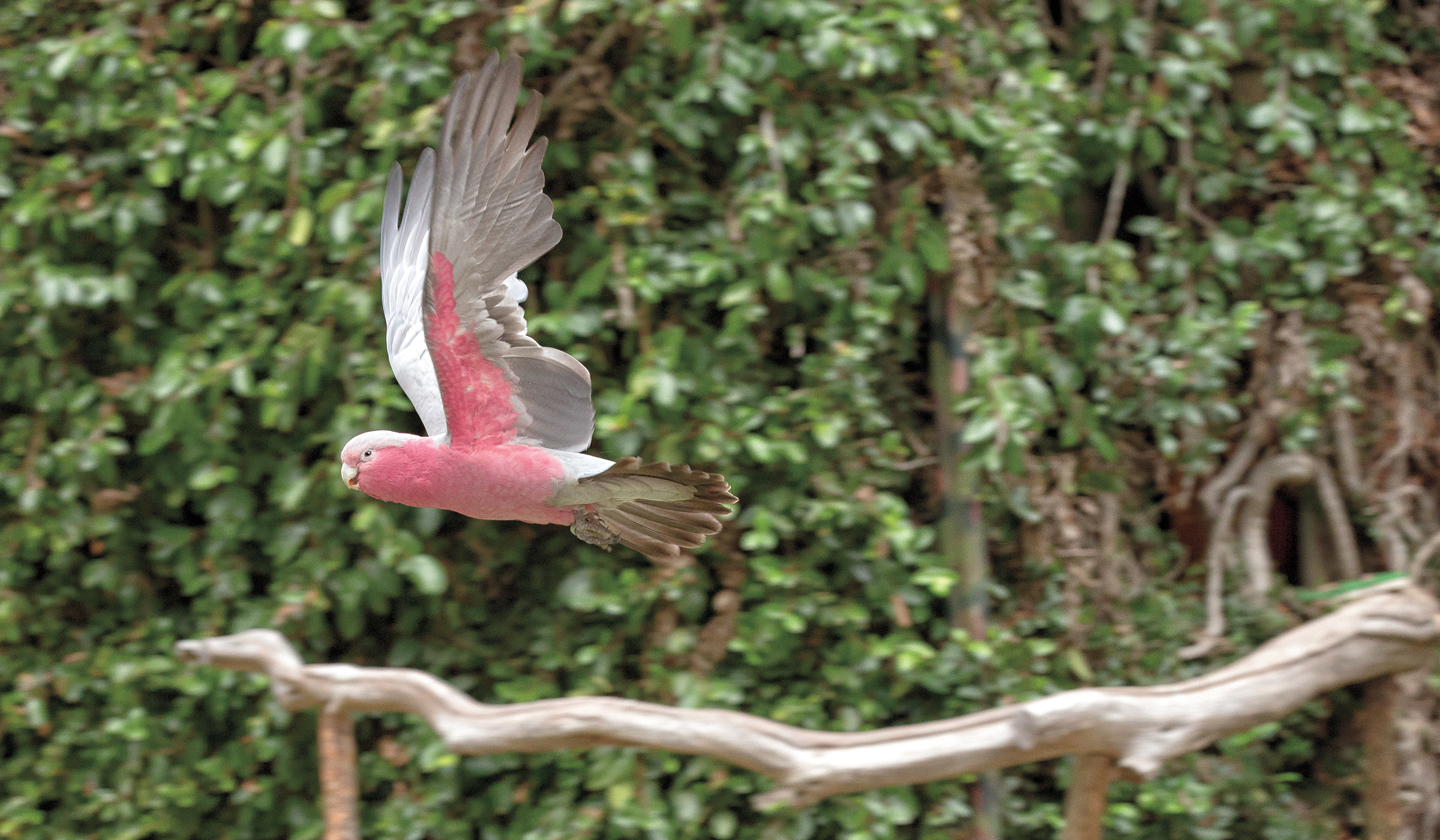
THINK PINK
 Number of birds in a galah flock
Number of birds in a galah flock
Galahs Eolophus roseicapillus have an eye-catching pink crown and a rose-colored breast, underparts, and underwing coverts. Galahs can make their pink crest feathers stand up like a headdress when they are excited, giving them a particularly distinctive appearance. To tell males from females, you need only look into a galah’s eyes. Males’ eyes have a dark brown iris, while females’ eyes have a pink-to-red iris. Females are also slightly smaller than males.
Galahs are nomadic, traveling in flocks. Several sentinels watch for predators—mainly birds of prey—as other group members feed, and give a loud alarm call if danger is spotted. Galahs roost together at night, and they may also seek shelter in trees in the daytime during extremely hot weather. When galahs mate, they often form long-term pair bonds, and both parents incubate eggs and care for chicks. Adult galahs often remain in the same flock in which they were raised.
In their native Australia, galah populations are plentiful. After the arrival of European settlers, galahs actually expanded their range, as land was cleared for agriculture and grain crops provided a ready source of food. Galahs usually feed on the ground, on grains, seeds, nuts, fruits, and flowers. Like other cockatoos, they are zygodactyl, which means two toes forward, two toes backward—which allows for grasping. They can hold food in one foot to eat, while the other foot holds securely to a tree branch.
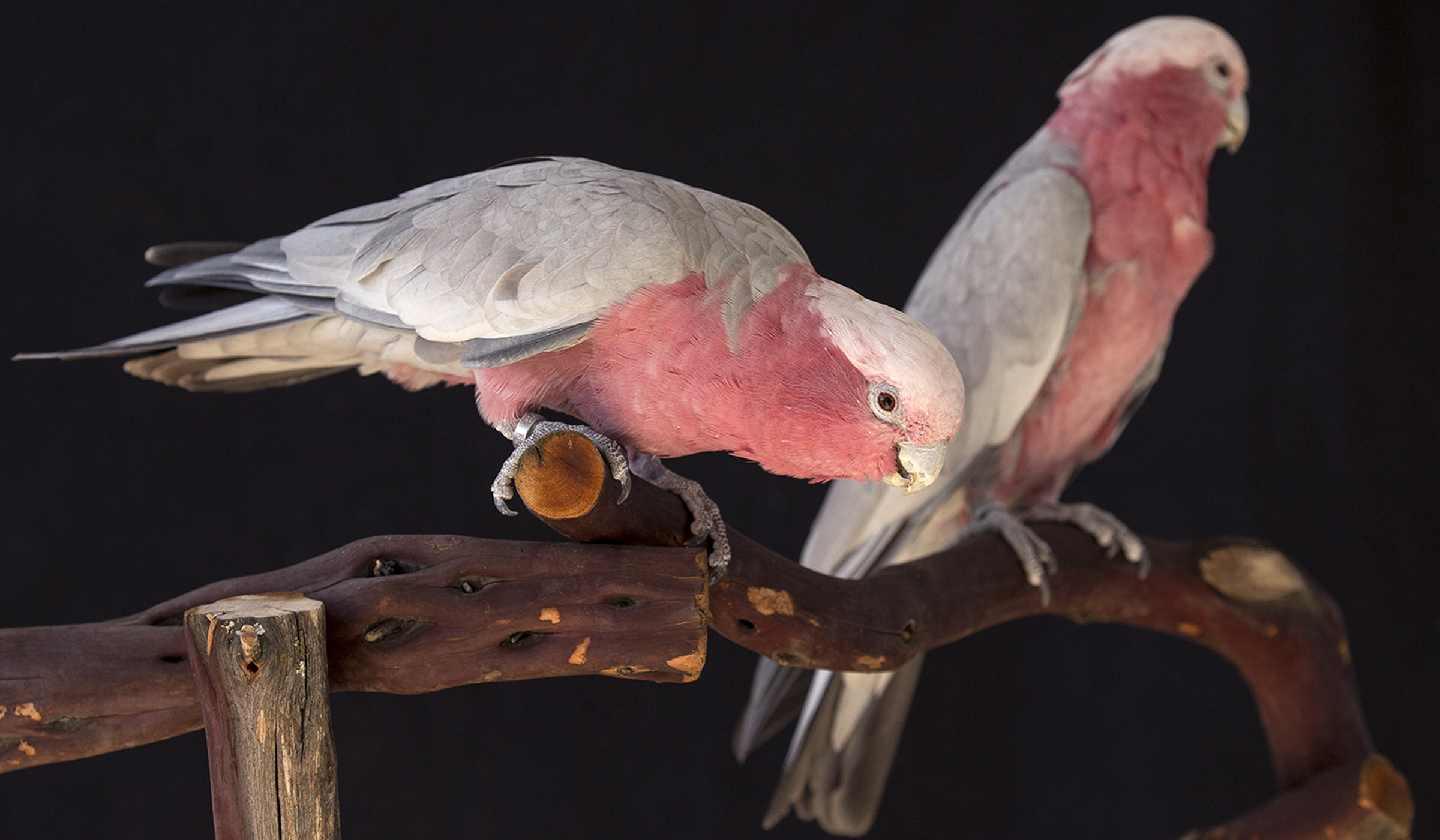
THEY’RE NO FOOLS
 Galahs’ average life expectancy (in years) in wild habitas
Galahs’ average life expectancy (in years) in wild habitas
The word galah is derived from “gilaa,” the word for these cockatoos in the Yuwaalaraay Australian aboriginal language. In Australia, galah is also a commonly used slang word for “fool,” probably because of these birds’ comical antics. They hang from perches upside-down, slide down telephone wires, and mimic the sounds of other animals and human speech.
Galahs Thelma and Louise first came to the Safari Park in 2011, when they were less than a year old. While some parrots are known to choose one or two people to be friendly with, Thelma and Louise love everybody, Stacey said. “They like all the trainers, they are very affectionate, and they love head scratches.” They may look alike, but they have very different personalities. “Louise would just hang with her trainers and cuddle all day long if she could, but Thelma has her own agenda. If you don’t pay enough direct attention to her, she walks away. Thelma is a prima donna; Louise is not that demanding—she’s more laid-back.”
When they are in their bedroom area, Thelma and Louise act like “watch birds,” Stacey said. “Whenever a stranger walks by, they alarm call. If someone on staff isn’t wearing their regular uniform shirt, they let them know about it. And if someone is back there sweeping, they let them know they don’t like the broom: to them, it probably looks like a perch that’s going in the wrong direction.”
When Thelma and Louise meet guests at Walkabout Australia, they will give many visitors their first-ever up-close look at galahs. “It will be really cool to be able to give people a focused look at these amazing Australian birds,” Stacey said.

